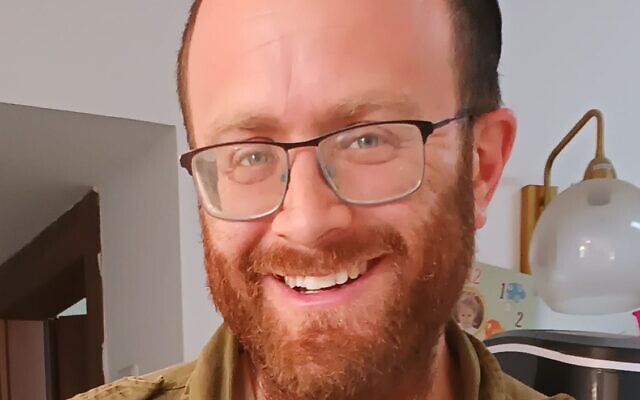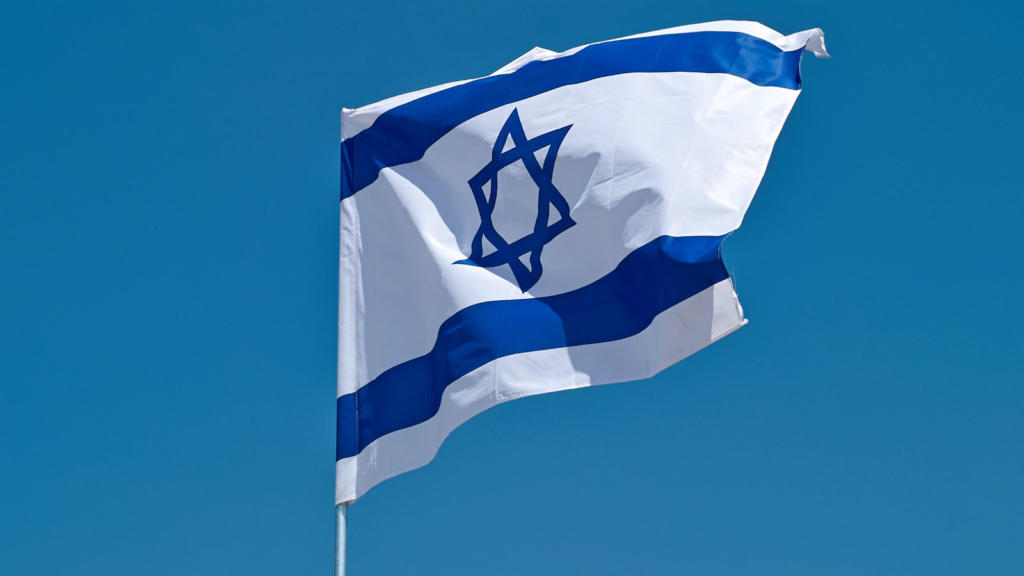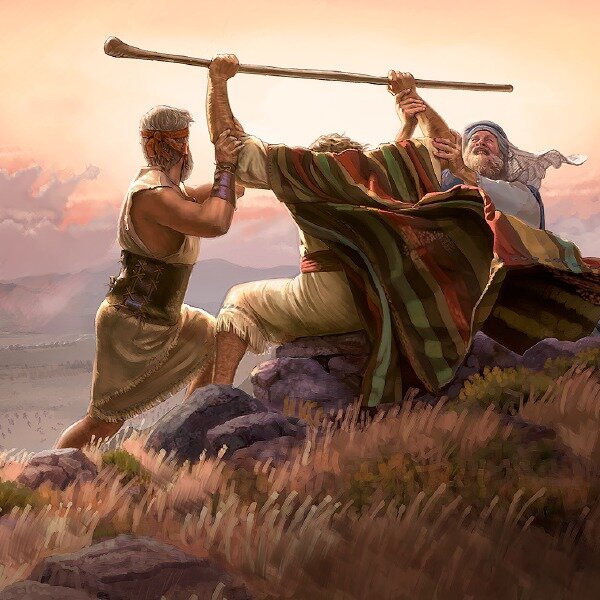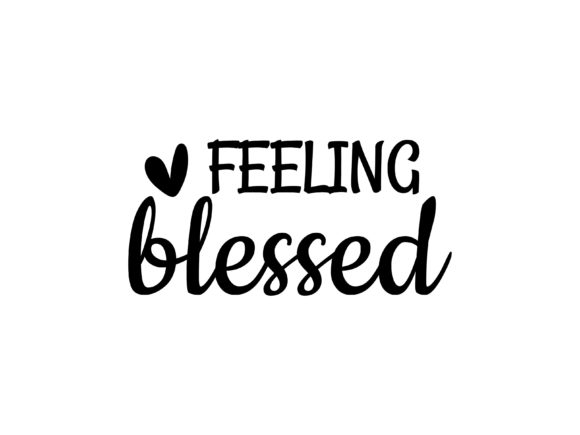July 6, 2022|ז' תמוז ה' אלפים תשפ"ב Korach 5782 - The Commonsense Rebellion
Print ArticleAlex Clare is a world-famous musician. What many people don’t know is that Alex grew up as a Jew with little background. He was not observant. However, as his music career began to take off he also began learning more about Judaism and eventually started keeping Shabbos.
At one point, a widely recognized record company called that they were interested in signing him to a record deal. He told them he would be honored, but he needed them to know he wouldn’t be able to play any gigs on Friday Night or Saturday, as he was a Sabbath Observer.
“Sure, yeah, whatever. Just sign,” was the response that he got.
As time went on and they were preparing to launch a new album, he representative called and said, “Alex, we have a great gig for you, Friday night at such and such place”. Alex responded, “Remember, I told you I can’t do Friday night.”
“Oh, right, sorry, yes. No problem. We’ll find something else.”
A different time he got a call about a great opportunity on a Saturday. Again, he reminded his representatives about Shabbos.
Finally, they called and said, “Alex, we have a great opportunity. It’s a Tuesday night in October”.
“I’m really sorry, “ said Alex, “but it’s in the second night of Sukkot”.
“Alex,” said the rep, “if you can’t do this gig, the company is going to drop you.”
“So, drop me.” Alex said. And they did.
For a long time Alex had trouble paying his bills, until he received a message from Microsoft that they wanted to use one of his songs in a national ad campaign.
But he didn’t know that was coming when he made his decision so many months and years earlier. A decision that didn’t really make sense. A decision that he made because of his commitment to Hakadosh Baruch Hu and His Shabbos.
We know from the text of the Torah that Korach and his followers were unhappy with the leadership of Moshe & Aharon.
However, as is often the case, the medrash steps in to describe in vivid detail some of the conversations this group had with Moshe Rabbeinu.
One day, Korach and his followers approached Moshe wearing robes which were entirely blue, the color of techeles, and they asked him:
“We know that any four-cornered garment requires tzitzis with a thread of techeles, of blue. What would be the halacha if the garment was entirely blue already? Would it still require tzitzis?”
Moshe answered that it would. At which point, they began to laugh at him. “How does that make sense? If the goal of the one thread of techeles is to remind us of the sea, the sky, and ultimately of HKBH Himself, then clearly a garment made ENTIRELY of techeles is already serving that purpose!?”
They then asked Moshe a SECOND question:
“If a room is filled entirely with sifrei Torah, is there a chiyuv, a requirement, to place a mezuzah on the door to that room?”
Moshe answered YES.
Again, they laugh at Moshe. “Is it really possible that a room that has a mezuzah which contains ONLY the first and second paragraph of Shema is enough to exempt a room from the obligation of mezuzah that multiple sifrei Torah do not?!”
Chazal are clearly trying to teach us something about the essence of the conflict between Korach & Moshe Rabbeinu. But the question, of course, is what is that lesson?
Rav Soloveitchik asked this question 49 years ago at a convention of the Rabbinical Council of America, and he offered the following explanation:
The medrash, as usual, is picking up on Korach’s own words that are told to us in the Torah itself:
]וַיִּקָּהֲלוּ עַל מֹשֶׁה וְעַל אַהֲרֹן וַיֹּאמְרוּ אֲלֵהֶם רַב לָכֶם[ כִּי כָל הָעֵדָה כֻּלָּם קְדֹשִׁים וּבְתוֹכָם יְקֹוָק וּמַדּוּעַ תִּתְנַשְּׂאוּ עַל קְהַל יְקֹוָק:
“The entirety of the Jewish People is holy. We are all Kadosh! So why have raised yourselves above the rest of us!?”
On the basic level, Korach’s assertion was that all of Am Yisrael had heard Hashem speak to them at Har Sinai. Hashem declared that we are all “Mamleches Kohanim V’Goy Kadosh”. We are all part of a kingship of priests and a holy nation. We’re all in this together. So why do you presume to rule over us? Why do you get to determine who the leaders are?
But really, says the medrash, it was more than that.
Korach was out to create a new ideology. His argument was that since all Jews are equal, it follows, then, that everyone stands on equal ground to interpret the Torah and its laws. Korach wasn’t only out to undermine Moshe’s political authority. He was aiming to undermine his halachic authority as well.
So, how does he do that? By showing his followers, and anyone else who is willing to listen, just how little sense Moshe’s approach to Torah made.
Korach’s argument of Kol HaEida Kulam Kedoshim, that everyone is holy was an attack on the sense that in some way there are going to be those who hold religious authority and knowledge that is unique and separate from the masses.
Rather, argued Korach, the Torah should be something that ANYONE can interpret because it should make use of commonsense. So, when it doesn’t, it shows just how flawed Moshe’s system really was.
And this is why he specifically attacks Moshe with these two examples of Techeles & Mezuzah:
- Because in both cases, common sense would dictate that Korach V’Adaso are entirely correct. Who needs a thread of techeles if you have an entire suit made from techeles? Who needs a mezuzah when you have sifrei torah throughout your home!?
The message Chazal are driving home with this medrash, then, is that this philosophy of commonsense ONLY in the understanding of Torah sorely underestimates the sophistication of the halachic process and represents a false ideology.
And, the Rav argued, we can appreciate why this approach is mistaken if we look at the world of Physics.
Aristotelian & Greek philosophers are studied rigorously to this day. However, their approach to physics has largely been proven wrong. Why? Because the foundation of Arisotelian physics was common sense.
For example, Aristotle believed that objects fall to the ground because they are heavy. Meaning, he considered gravitational pull to be the result of weight. And while this seems to make sense, after all, while observing a heavy object, it would seem that its weight is what brings it down, we know that this is, of course, incorrect.
Galileo & Newton abandoned the commonsense approach to Physics. Instead, they argued that we must take reality and conceptualize it. They took our experiences of light, sound, and color and converted them into quantitative, mathematical entities. Through that process, one that takes training, deep study, and mentoring, Newton eventually developed his Law of Universal Gravitation, which showed that weight, in truth, is the RESULT of gravitational pull, not its cause.
If humanity would have been satisfied with the commonsense approach to Physics, with Aristotle’s approach, we would never have discovered the ability to fly a rocket into space.
Math and science are not simply a compilation of formulas. There is a method. So, too, argued the Rav, the halacha is not simply a set of rules and guidelines, rather there is halachic methodology. And just as the discovery of new formulas and theorems in math and science requires rigorous training, l’havdil, so does the truest, deepest appreciation for the understanding of Torah Sheb’al Peh and the “discovery” of novel ideas and approaches.
But because that is true, because the halachic process is one that depends on a methodology, and is NOT always dependent on commonsense, it can make the results of that analysis, at times, more difficult to accept.
And that is when we are confronted, in every generation in its own way, with those who call for a more commonsense approach to halacha. A halacha that matches the realities of the world in which we live.
Of course, we want the Torah to be relevant and to provide meaning and value to our lives, and the goal is that we find that most of the time. Additionally, there are times when flexibility and even some level of change are appropriate, when done with appropriate guidance from those very same experts we discussed earlier, the Talmidei Chachamim in every generation. COVID taught us the importance of those Talmidei Chachami who guided us to offer us novel approaches which changed the way we had done so many things for so long.
But there will also be times when the Torah can’t fit exactly in our comfort zone. Our real commitment is tested specifically in those moments. And it is in those moments that we attach ourselves to a thousand-years old mesorah that has outlasted the movements to change it over and over again.
And perhaps this is why Chazal specifically used the mitzvah of tzitzis to bring the dispute between Korach & Moshe to light.
We know that the ideal performance of the mitzvah of tzitzis involves strands of two colors: Lavan & Techeles, white and a deep blue.
Commentators have for centuries gone searching for the explanation, a deeper meaning behind these colors.
And the Rav, in a totally different place, very poignantly explains the symbolism of the dark blue techeles string mixed in with the majority of white strings.
White is always associated with "clarity, rationality, and that which is self-evident".
The Navi Yeshayahu, in referring to the power of Teshuva, states:
אִם-יִהְיוּ חֲטָאֵיכֶם כַּשָּׁנִים כַּשֶּׁלֶג יַלְבִּינוּ
“If your sins are like scarlet, they will be purified like white snow”
And while the white strings are meant to represent that which is clear, rational, and understood, the string of techeles represents that which is murky, unclear, and mysterious.
רש"י explains that techeles is the color of the sky as it begins to get dark.
The גמ' in Sota 17a also states:
היה ר"מ אומר מה נשתנה תכלת מכל מיני צבעונין? מפני שהתכלת דומה לים וים דומה לרקיע ורקיע דומה לכסא הכבוד
“Techeles is similar to the color of the deep waters of the sea, which in turn is similar to the color of the sky, which is the color of the Kisei HaKavod, the throne of Hashem.”
If the white represents those elements of life we can clearly understand, the techeles reminds us there will be times in the human experience, times within our lives and even within our spiritual growth, when there will be mysteries that elude our precise understanding.
The tzitis, therefore, are the ideal symbol of what Korach and his followers couldn’t appreciate: A mix of white and blue, a Torah that is sustained NOT through commonsense, but because of a people who are committed to the halachic process, even when it is more difficult to understand.
Yes, sometimes the blue seems to overwhelm the white, but in the end, it is our commitment to live in the world of a mixture of white and blue that has sustained our people for millenia. And it will be the secret to our success for generations to come.




